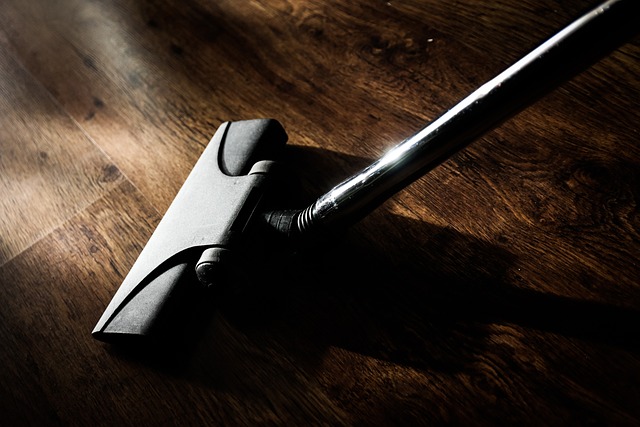Dust Cleaning Tips for Home Surfaces and Furniture
Dust in a living space is more than visible particles on a shelf; it’s a mixture of skin cells, textile fibers, pollen, and tiny debris that settles across surfaces. Regular dust cleaning reduces allergens, protects finishes, and makes a home feel fresher. Practical methods vary by surface and material, so choosing the right tools and routines matters for both appearance and indoor air quality. This article outlines approachable steps to manage dust on furniture, fabrics, and around the house.

Dust: What is it and why it matters?
Dust is a heterogeneous mix of organic and inorganic particles — from dead skin and textile fibers to outdoor pollen and soil. In enclosed homes, dust accumulates on horizontal surfaces and in soft furnishings where it can harbor allergens, dust mites, and mold spores. People with allergies or respiratory sensitivity may notice symptoms worsen when dust levels rise, which is why regular removal is a sensible part of household maintenance. This article is for informational purposes only and should not be considered medical advice. Please consult a qualified healthcare professional for personalized guidance and treatment.
Dust behavior is influenced by airflow, humidity, and human activity. Air currents stir settled particles and redistribute them, while dry conditions can keep particles airborne longer. Understanding these patterns helps target cleaning efforts: focus on areas near vents, baseboards, and frequently used furniture to interrupt the constant cycle of settling and resuspension.
Cleaning: Which methods work best indoors?
Effective dust cleaning uses two complementary approaches: capture and removal. Capture methods, such as microfiber cloths and electrostatic dusters, attract and hold particles so they don’t scatter. Removal methods, like vacuuming with a HEPA-rated filter and damp-mopping, remove dust from floors and upholstery and prevent reintroduction into the air. For general dusting, start high and work down to avoid recontaminating cleaned surfaces.
Choose tools and techniques based on surface type. Microfiber cloths often outperform feather dusters because they trap particles rather than displacing them. For delicate electronics, use compressed air sparingly and a dry microfiber to avoid moisture damage. For floors and rugs, vacuuming with appropriate attachments is generally more effective than sweeping, which can raise dust into the breathing zone.
Home: Which areas need regular dusting?
High-priority areas include shelves, window sills, light fixtures, ceiling fan blades, baseboards, and HVAC vents — places that collect dust and influence air circulation. Kitchens and bedrooms tend to accumulate different mixes of particles (cooking residues vs. skin flakes and fibers), so adapt frequency: weekly dusting in shared living spaces and twice-weekly attention to bedrooms and high-use surfaces helps keep levels manageable.
Don’t overlook less obvious spots: tops of door frames, picture frames, and the tops of cupboards. Electronics and entertainment centers attract dust due to static and should be cleaned with soft, dry cloths to avoid scratching. Establishing a short, consistent routine — even 10–20 minutes several times a week — can prevent heavy buildup and reduce the labor needed for deeper cleans.
Furniture: How to remove dust without damage?
Different furniture materials require tailored approaches. For finished wood, use a dry or slightly damp microfiber cloth and follow the grain to lift dust; avoid silicone-based polishes that can leave residues. For glass or mirrored surfaces, a microfiber cloth with a mild glass cleaner works well to prevent streaking. Leather benefits from a gentle wipe with a damp cloth followed by a conditioner designed for the material to preserve flexibility and protect the surface.
Soft upholstery needs a combination of vacuuming with upholstery attachments and periodic deep cleaning per the manufacturer’s instructions. Cushions and removable covers are best laundered when labels permit; otherwise, professional cleaning can be appropriate for delicate fabrics. Always test any product on an inconspicuous area first, and avoid abrasive tools that can scratch or abrade finishes.
Cloth: Can fabrics be cleaned to reduce dust?
Cloth items — bedding, curtains, throw blankets, and clothing — are significant reservoirs for dust and fibers. Regular laundering of sheets and pillowcases (weekly for bedding) reduces accumulated skin flakes and dust mites. Curtains and throws should be washed or vacuumed periodically; for delicate fabrics, follow care tags or use a fabric-safe vacuum attachment or professional service.
Reusable cleaning cloths themselves need attention: wash microfiber cloths separately from lint-producing textiles and avoid fabric softeners, which can reduce their effectiveness. Lint rollers or rubber brushes can remove surface dust and pet hair from soft fabrics between washes. For long-term dust control, consider dust-mite–resistant covers for mattresses and pillows and keep humidity in a moderate range to make conditions less hospitable for mites.
Conclusion
Managing dust in a home combines regular, targeted cleaning with the right tools for each surface. Microfiber cloths, HEPA vacuums, and deliberate routines reduce visible dust and improve indoor air quality. Tailor practices for furniture and cloth items to avoid damage while removing particles effectively. Consistent, small steps prevent heavy buildup and make overall upkeep easier, supporting a cleaner, more comfortable living environment.






